When we think of severe droughts, we usually think of periods of extremely dry weather that persists long enough to cause problems such as crop damage and water shortages. However, the truth is that dry conditions develop for different reasons which is why there is more than one definition of drought. According to David Miskus, a drought expert and meteorologist at the National Oceanic and Atmospheric Administration’s Climate Prediction Center, a drought is caused by not only lack of precipitation and high temperatures but also by overuse and overpopulation, and it can occur in virtually all climates.
Of all the weather-related phenomena that can cause severe economic impact in the United States, droughts come in second only to hurricanes, according to the National Climatic Data Center. But unlike hurricanes, which are easily identified and straightforward to classify in terms of wind speeds, droughts are much tougher to define. Sadly, droughts and their many repercussions, such as extreme famine, have been known to humankind since antiquity and still occur today, with starvation and malnutrition being some of the tragic outcomes in many parts of the world. These are the 25 Most Severe Droughts Ever Recorded.
The 2014 Spanish Drought
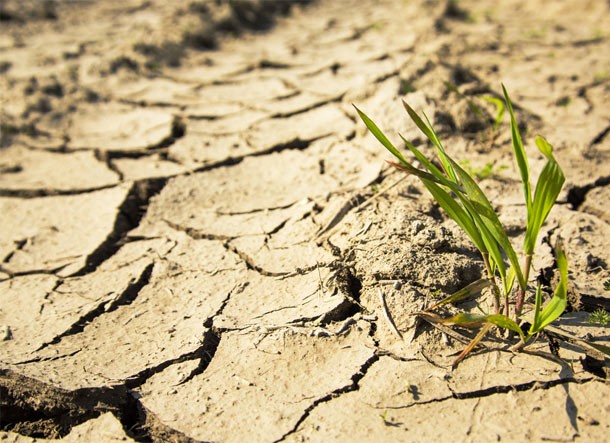 Source: Wikipedia
Source: Wikipedia Recently many parts of Spain suffered their most intense dry spell in more than a century and a half, with Valencia and Alicante among the worst-affected regions. According to the country’s meteorological agency, Aemet, in the 150 years prior, they had never witnessed such a long and intense drought, which has many experts worrying about the country’s water supplies for the near future.
The 1988–89 Droughts in Illinois, USA
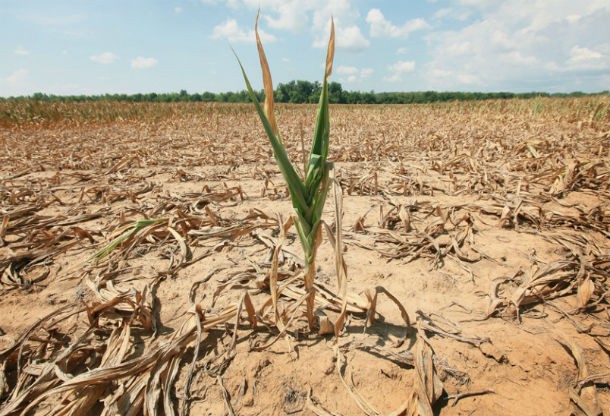 Source: Wikipedia, Image: pixabay.com
Source: Wikipedia, Image: pixabay.com The 1988–89 droughts were some of the most disastrous in the history of Illinois and America. The drought caused $60 billion in damage ($120 billion in today’s dollars, adjusting for inflation) and during the summer of 1988, it led to many wildfires in the forests of western North America, including Yellowstone. Moreover, thousands of Americans lost their lives because of extreme heat waves.
The 1829 Major Drought in Western Australia
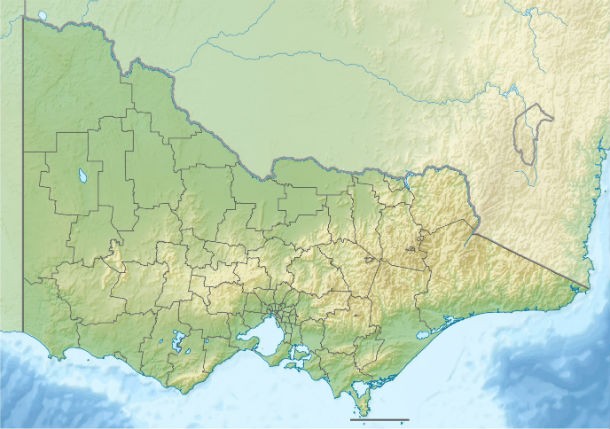 Source: Wikipedia, Image: Wikipedia
Source: Wikipedia, Image: Wikipedia This drought was so extreme that it nearly destroyed all agriculture in western Australia forcing settlers to traverse long distances for water and pastures for their flocks.
Horn of Africa Famine
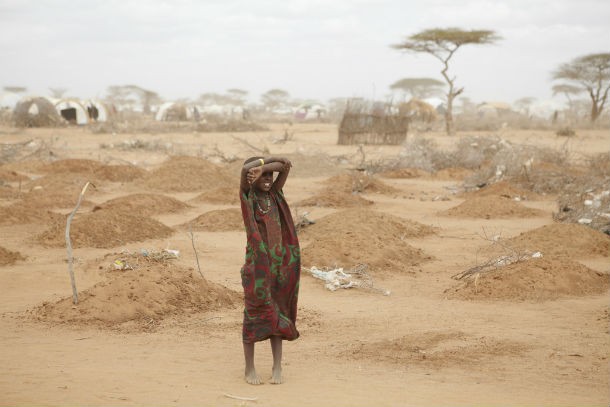 Source: Wikipedia, Image: Wikipedia
Source: Wikipedia, Image: Wikipedia Just as the region is experiencing a devastating famine in the twenty-first century, the Horn of Africa experienced a deadly drought and famine in 1888 that was mainly caused by an extreme lack of rainfall. Over one million reportedly died during that time in Ethiopia, Sudan, and Somalia.
The 2010–11 Texas Drought
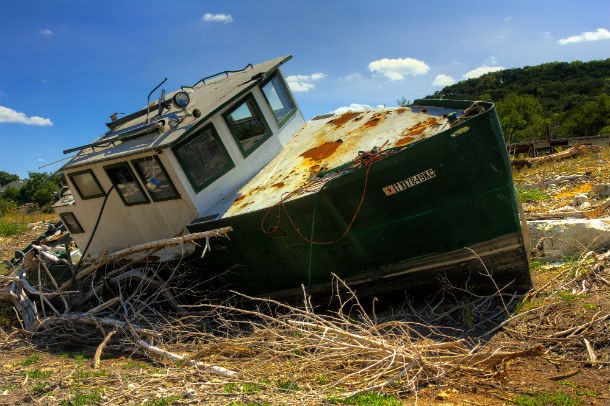 Source: Wikipedia, Image: Wikipedia
Source: Wikipedia, Image: Wikipedia The agriculture industry in Texas was hit hard by the drought of 2010–11. According to the media, from November 2010 to August 1, 2011, Texas suffered an estimated $5.2 billion in crop and livestock losses, surpassing the previous record loss of $4.1 billion in 2006. Due to record heat and drought, violent wildfires destroyed many homes in the area as well.
The 1983 United States Drought
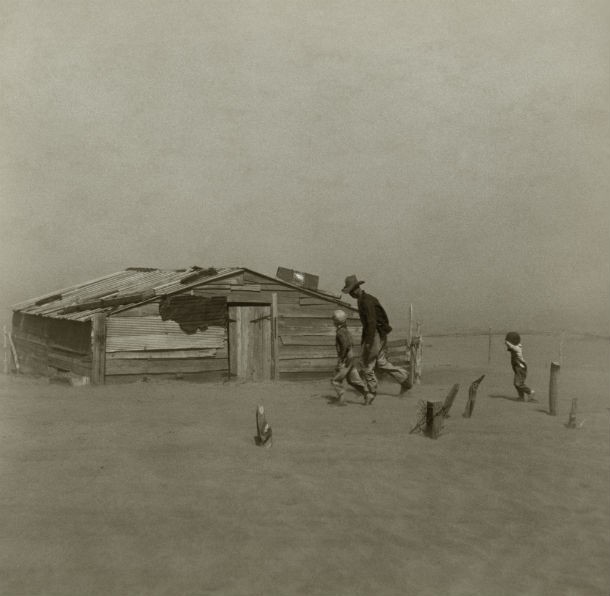 Source: Wikipedia, Image: Wikipedia
Source: Wikipedia, Image: Wikipedia The United States Drought of 1983 started in late spring and involved numerous states in the Midwest and the Great Plains. Intense heat with temperatures over 100° F (38° C) affected numerous portions of the United States, specifically Missouri, Illinois, and Kentucky; and killed hundreds of people.
The Deccan Famine of 1630–32
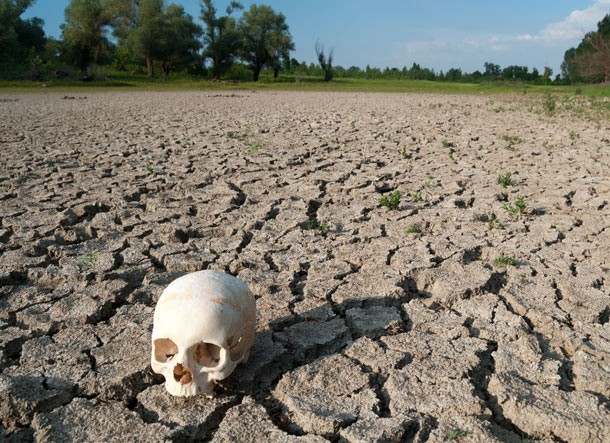 Source: Wikipedia
Source: Wikipedia After three consecutive crop failures and continuous droughts that took place in India, the Deccan Famine of 1630–32 was one of the worst in the country. More than two million died during this time.
The Vietnamese Drought of 1944
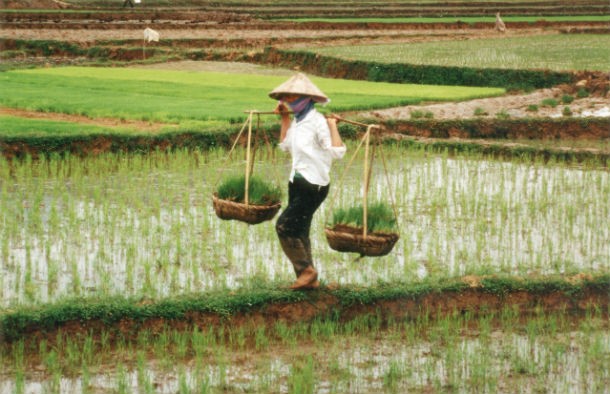 Source: Wikipedia, Image: Wikipedia
Source: Wikipedia, Image: Wikipedia The Vietnamese drought of 1944 caused the winter-spring harvest to decrease by 20%. This coupled with pests, war and a flood during the harvest season led to what is known as the Vietnamese famine of 1945.
The 1850 Severe Drought in Australia
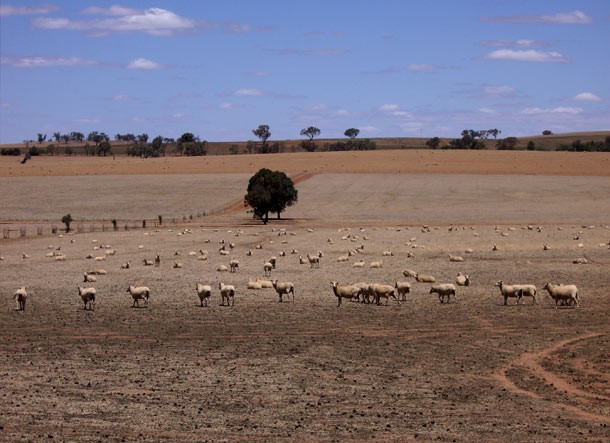 Source: Wikipedia, Image: Wikipedia
Source: Wikipedia, Image: Wikipedia Lack of winter rains was the main factor in the 1850 Australian drought resulting in major livestock losses across inland New South Wales and around the western river region. It was considered one of the most disastrous droughts in Australia in the nineteenth century.
The 2010 China Drought
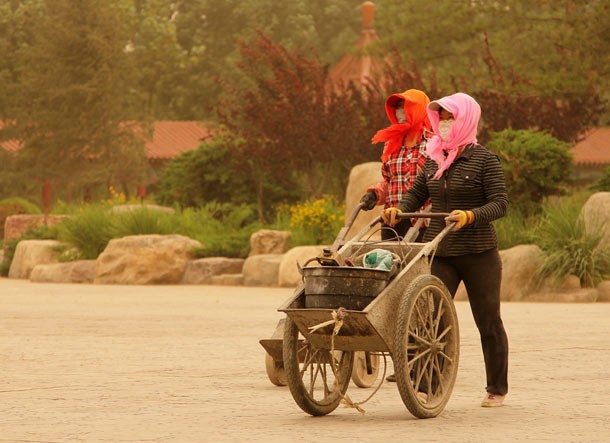 Source: Wikipedia
Source: Wikipedia The 2010 China drought was a series of severe Spring droughts that affected a huge swath of the country as well as parts of Southeast Asia, including Vietnam and Thailand. The drought has been referred to as one of the worst droughts in Southwest Asia.
The 17th-century Sahel Droughts
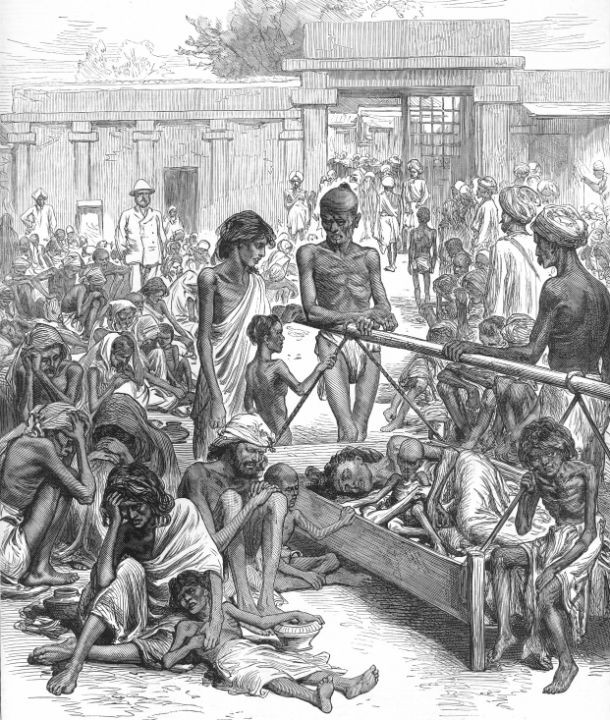 Source: Wikipedia, Image: Wikipedia
Source: Wikipedia, Image: Wikipedia The Sahel droughts were a series of some of the most extreme droughts in recorded history, beginning in at least the seventeenth century and affecting the Sahel region, a climate zone sandwiched between the African savannah to the south and the Sahara Desert to the north, across West and Central Africa. The famine that followed the severe droughts killed thousands of people and affected the lives of millions for many decades.
If you want to learn more about sever natural disasters, you should take a look at these 25 Worst Natural Disasters Ever Recorded.
The 2015 Brazilian Drought
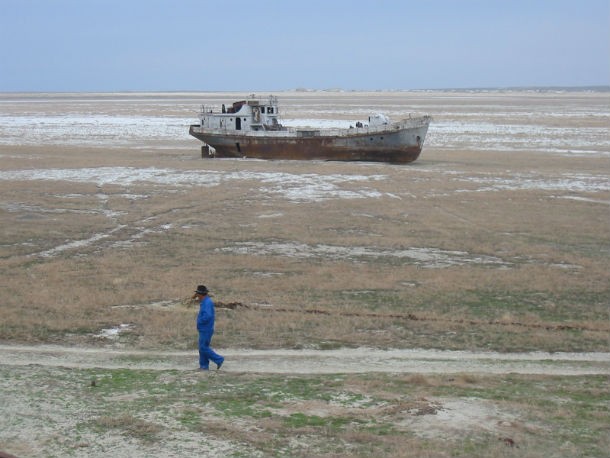 Source: Wikipedia, Image: Wikipedia
Source: Wikipedia, Image: Wikipedia The 2015 Brazilian drought is an ongoing drought affecting the southeast of Brazil including the metropolitan areas of São Paulo and Rio de Janeiro. It has been described as the worst drought in 80 years. The city of São Paulo appears to be affected the most and by the beginning of February many of its residents were subjected to sporadic water cutoffs.
The 1902 Federation Drought
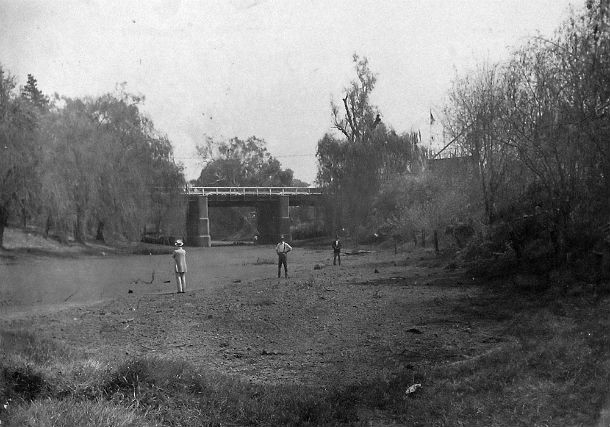 Source: Wikipedia, Image: Wikipedia
Source: Wikipedia, Image: Wikipedia During the severe, Australia-wide 1902 Federation Drought, the total sheep population dropped to fewer than fifty-four million from more than one hundred million sheep in 1891. Also, cattle numbers fell by more than forty percent. It was around 1925 before the sheep numbers reached the hundred-million mark again.
The 2002 North American Drought
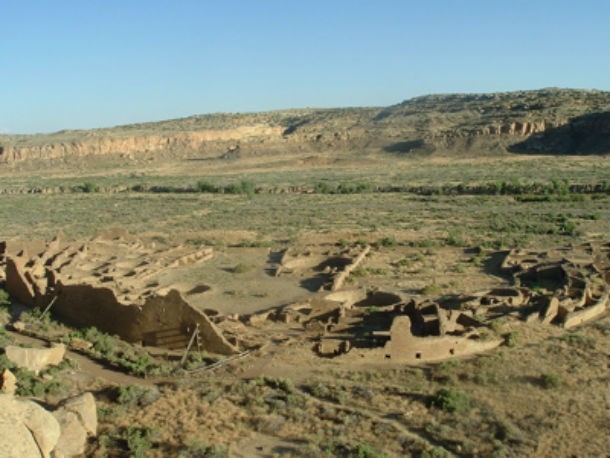 Source: Wikipedia, Image: Wikipedia
Source: Wikipedia, Image: Wikipedia The drought of 2002 was moderately widespread and quite severe in some areas, specifically in the western United States, the Midwest, and the Mountain States. Denver was forced to impose water restrictions for the first time in more than twenty years and the wildfire season was one of the most violent in recent history.
The 2002 Malawian Drought
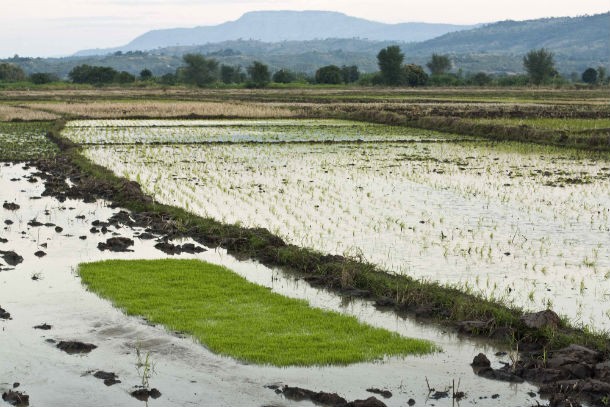 Source: Wikipedia, Image: Wikipedia
Source: Wikipedia, Image: Wikipedia In 2002 there was a famine in Malawi that took about three thousand lives. One of the major factors of this extreme famine was a drought that occurred in the country during the same period.
The 2011 East Africa Drought
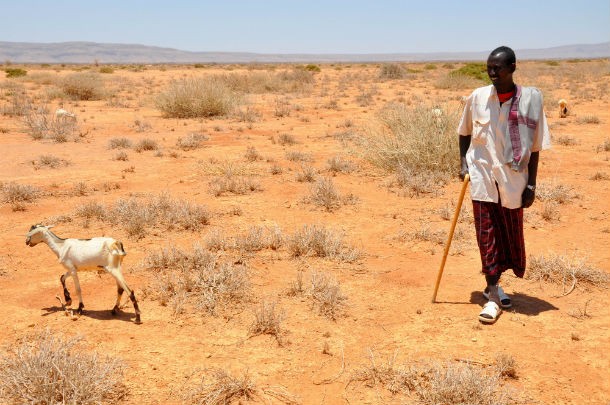 Source: Wikipedia, Image: commons.wikimedia.org
Source: Wikipedia, Image: commons.wikimedia.org Between July 2011 and mid-2012, a severe drought affected the entirety of East Africa. The drought caused a severe food crisis across Somalia, Djibouti, Ethiopia, and Kenya that threatened the lives of more than ten million people.
The Great Chinese Famine
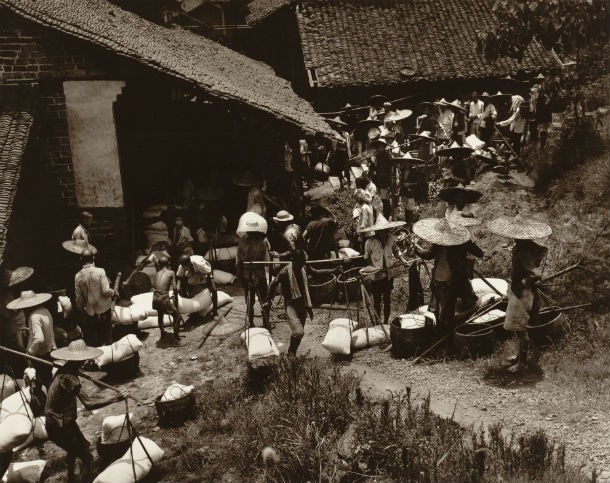 Source: Wikipedia, Image: Wikipedia
Source: Wikipedia, Image: Wikipedia The Great Chinese Famine that lasted nearly three years, from 1958 to 1961, occurred for a number of reasons including extreme droughts. It is estimated that over fifteen million people died during these years, while other accounts insist that nearly forty-three million lost their lives in what is considered the worst in recorded history.
The 2010 Sahel Drought
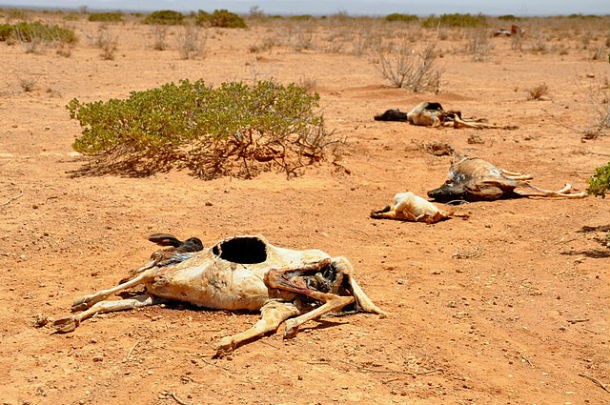 Source: Wikipedia, Image: commons.wikimedia.org
Source: Wikipedia, Image: commons.wikimedia.org Another extreme drought in Sahel, Africa’s “champion” region, induced famine there and in many parts of the neighboring Senegal River Area from February to August 2010. It was one of the many famines to have hit the region in recent times due to a drought.
The Extreme 1888 Australian Droughts
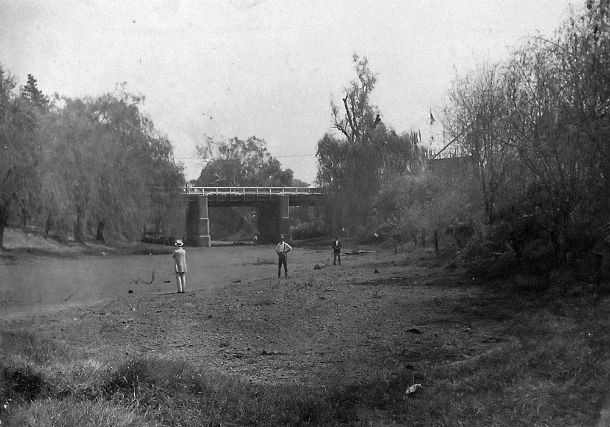 Source: Wikipedia, Image: Wikipedia
Source: Wikipedia, Image: Wikipedia In 1888 Australia went through some of its most extreme dry days. Victoria, Tasmania, and New South Wales had the driest year since records started being kept, while Queensland had a severe drought as well, with much native scrub dying and native animals perishing. South Australia had one of its most severe droughts as well and Western Australia, mainly the central agricultural areas, lost many sheep.
The 2000s Australian drought
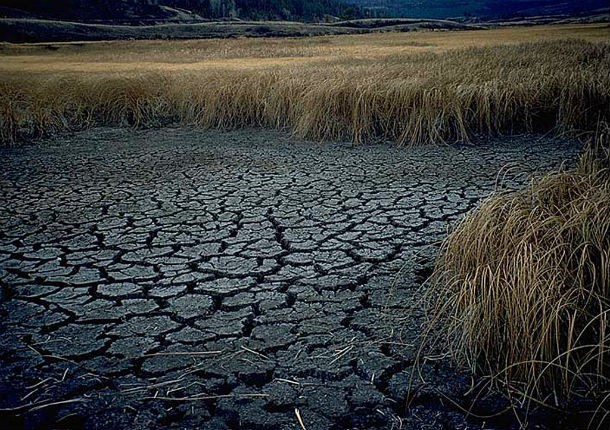 Source: Wikipedia, Image: Pixabay.com
Source: Wikipedia, Image: Pixabay.com The 2000s drought in Australia, also known as the Millennium drought, is said by some to be the worst recorded since settlement. The drought began in 1995 and continued Australia wide until late 2009, with the final areas in drought ceasing to be considered as such in early May 2012. When the official end of the drought was declared in 2012, the federal government had provided $4.5 billion in drought assistance.
The 2012 Sahel Drought
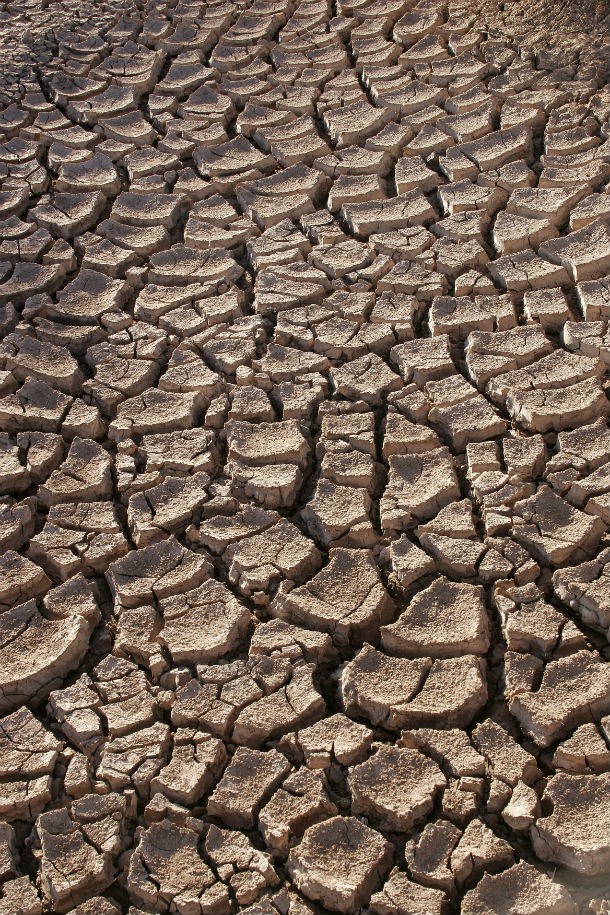 Source: Wikipedia, Image: Wikipedia
Source: Wikipedia, Image: Wikipedia Since 2012 nearly twenty million people have been facing hunger across eight countries in West Africa including the Sahel region. A combination of failed crops, insect plague, conflict, and extreme drought collectively caused the ensuing famine that is considered one of the worst on the planet in recent years.
The 1983–85 Drought in Ethiopia
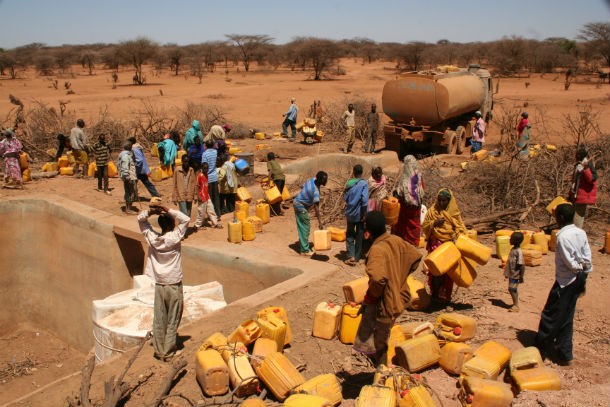 Source: Wikipedia, Image: Wikipedia
Source: Wikipedia, Image: Wikipedia The worst famine to hit Ethiopia in modern history was caused by an extreme drought that occurred in the region. It resulted in more than 400,000 deaths.
The 1982–83 Australian Drought
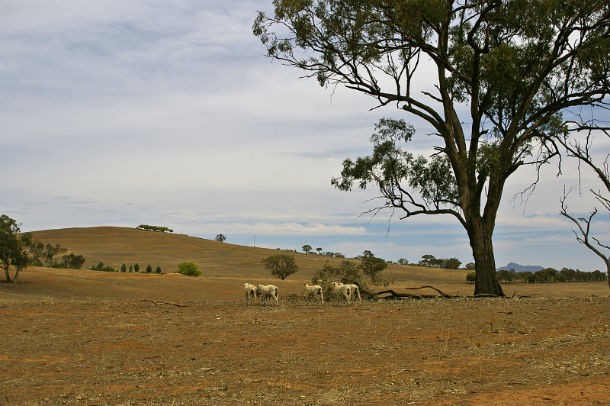 Source: Wikipedia, Image: Wikipedia
Source: Wikipedia, Image: Wikipedia In terms of short-term rainfall deficiencies (up to one year) and their impacts, the 1982–83 drought was probably Australia’s worst in the twentieth century. It started in autumn 1982, with severe rainfall deficiencies over eastern Australia exacerbated by frequent sharp frosts in June and July. Dry conditions persisted, and by year’s end extensive areas of eastern Australia had had record low April to December rainfall. The upper Murrumbidgee River became a chain of waterholes and reservoirs throughout the southeast fell to levels unknown for many years.
The Dust Bowl
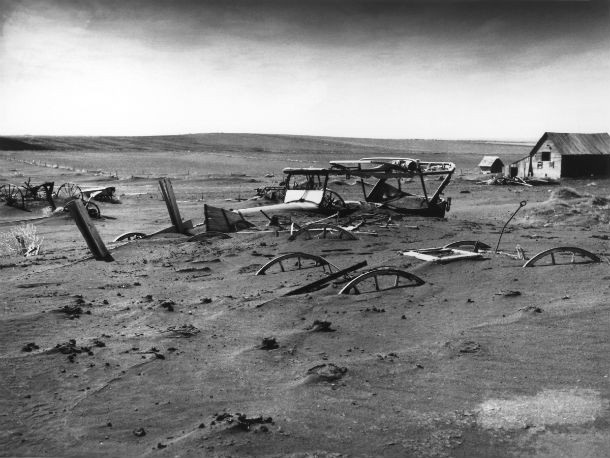 Source: Wikipedia, Image: Wikipedia
Source: Wikipedia, Image: Wikipedia The Dust Bowl, also known as the Dirty Thirties, was a period of severe dust storms that greatly damaged the ecology and agriculture of the US and Canadian prairies in the 1930s. The drought came in three waves, 1934, 1936, and 1939–40, but some areas of the high plains experienced drought conditions for as many as eight years. The Dust Bowl affected one hundred million acres centered around the panhandles of Texas and Oklahoma and touched adjacent sections of New Mexico, Colorado, and Kansas, while it forced thousands of families to abandon their farms.
The Chinese Drought of 1941
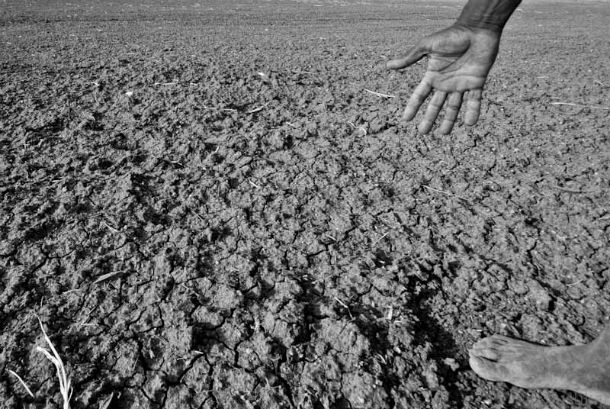 Source: Wikipedia, Image: Wikipedia
Source: Wikipedia, Image: Wikipedia This is considered by many the worst disaster completely attributed to a drought and lack of rainfall without any other factor such as conflicts, war, and other natural disasters occurring at the same time. The Chinese Drought of 1941 prevented millions from growing and consuming crops, as a result, an estimated three million people died.



























